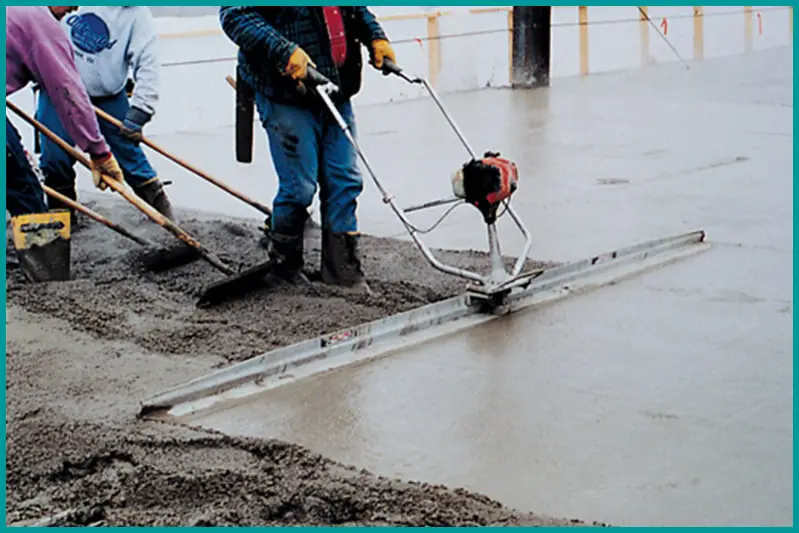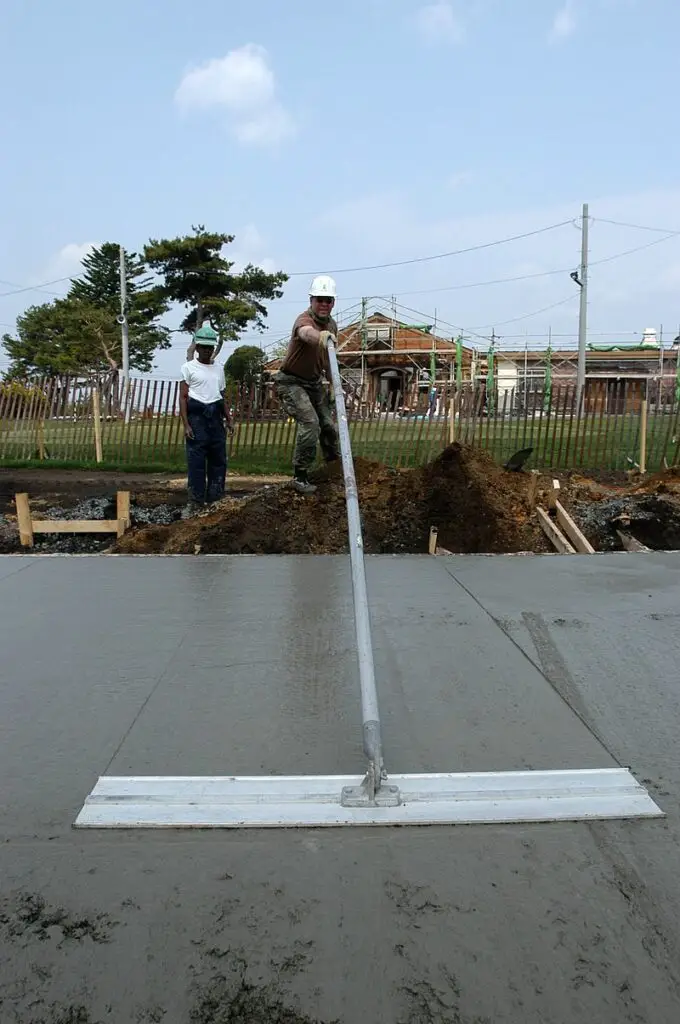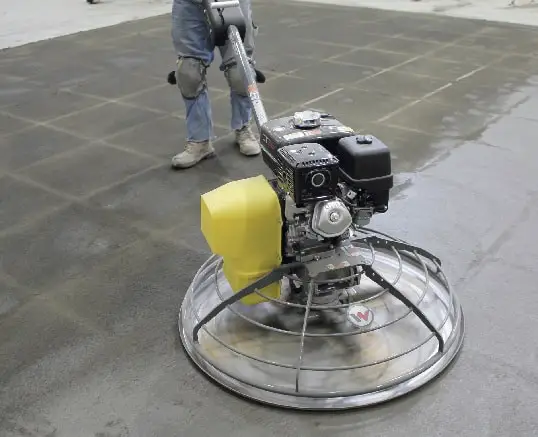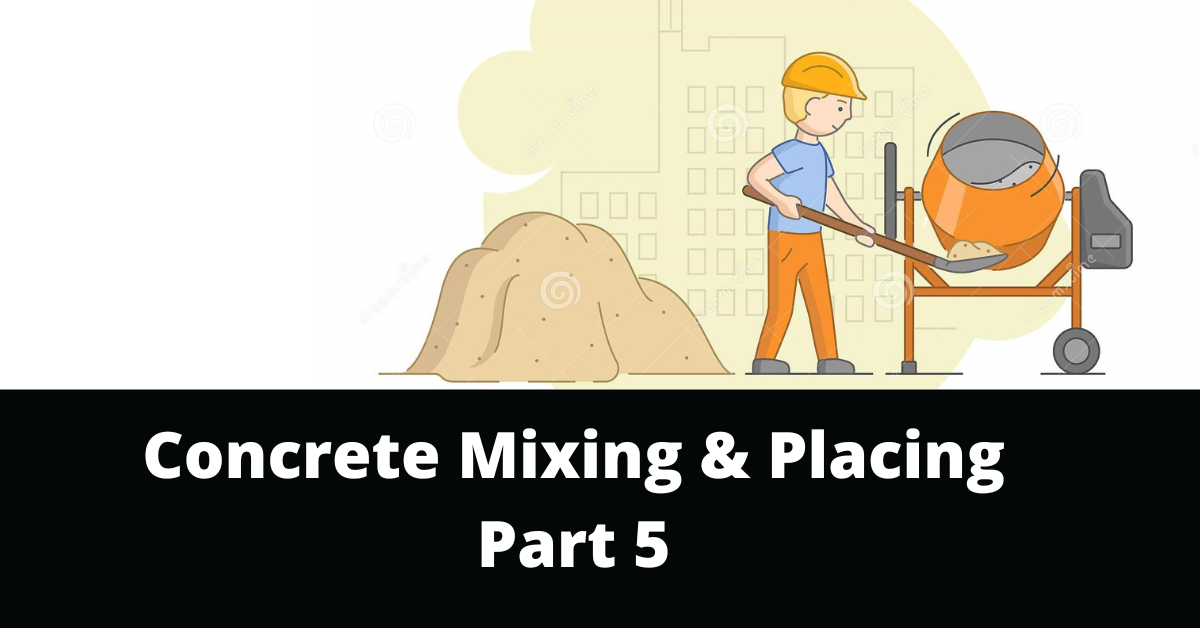The procedure for mixing and placing concrete is detailed in this article.
For a better understanding, read part 4 here.
Table of Contents
Surface finish
Take particular care when placing concrete where a good surface finish is required and:
a) fill formwork at a consistent rate to allow adequate compaction time while avoiding cold joints between succeeding layers;
b) Avoid allowing the vibrator to come into contact with any formwork face.
c) vibrate vigorously
When using vibrators inside formwork for fair face concrete, the surface can be damaged by contact between the vibrator and the formwork face. This can leave marks in the concrete that won’t go away.
Thorough vibrating assists in eliminating blow holes.
On occasion, external formwork vibrators are utilized, but their utility is limited due to the heavy formwork required to withstand the stresses and shaking they generate.
However, they are frequently required in heavily reinforced walls and deep beam webs where it is difficult or impossible to install an internal vibrator.

A slab thicker than 150 mm should typically be compacted with a vibrating poker and finished with a vibrating beam.
Over vibration should be avoided, but it is less frequent than under vibration.
A pour may separate and form a thin layer of laitance if excessively vibrated.
Vibratory screeds
Vibrating tamping beams effectively compact slabs.
These combine the functions of a screed and a vibrator, but their effectiveness is limited to a certain depth.

Concrete is “strikeoff” or “screed” using straightedges.
This procedure removes excess concrete and brings the concrete’s surface to the correct grade.
This is the most important step in creating a flat surface, and it occurs immediately after the concrete has been spread.
It must be completed prior to the appearance of excess bleed water on the surface.

Floating and trowelling
Floating and trowelling operations must be performed by seasoned personnel.
Floating is the process of leveling, and trowelling is used to create a dense and durable surface.
A floated finish is created by moving a large wooden hand float over the surface of the concrete while it is still soft.
This results in a relatively smooth, slightly textured surface that frequently contains float marks.
After the surface has been made level with a screed, a float is utilized. In addition to removing surface flaws, floating compacts the concrete in preparation for subsequent processes.

Floating is followed by trowelling to create a direct wearing surface.
Never place a steel trowel on the concrete until all bleeding water has evaporated. A poor surface will result from a premature start.
This is due to the fact that a steel trowel closes the pores of the concrete and traps water beneath the surface, which would cause the top layer to delaminate.
Trowelling, when performed correctly on concrete of the appropriate class, leaves a smooth, extremely dense surface by compressing the top layer of the slab, which adds strength to the surface and provides a durable finish.
It is ideal for warehouses and other large slab areas, but can also be used for smaller slabs.
Today, the task is performed by powered machines with either a large circular pan or large flat metal floats.

Work on concrete after placing
Timing
Carry out all cutting and finishing operations once the concrete has reached the optimal degree of hardness for the task at hand.
Protection
Prevent concrete damage in the following manner:
a) Surfaces in general: from precipitation, indentation, and other physical damage.
b) The exposed surfaces of the completed work are free of dirt, stains, grout runs, and other disfiguring marks.
c) Unmature concrete resulting from thermal shock, physical shock, overloading, movement, and vibration.
d) Concrete pockets: Ensure that no debris, etc., enters the pockets.











